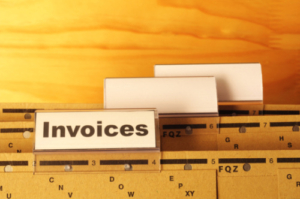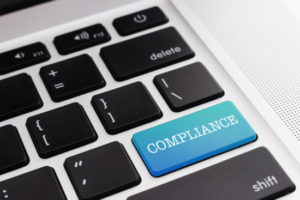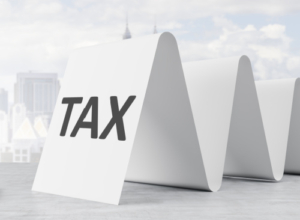Alex Baulf, Senior Director, Global Indirect Tax and E-Invoicing, Avalara
E-invoicing isn’t a new concept in the world of payments. Since the advent of machine-readable document formats, businesses have been sending and processing electronic invoices as part of their accounts receivable and payable processes. However, in the past few decades and even more frequently in recent years, e-invoicing has evolved to include tax reporting as part of the invoicing process. And, as more governments implement e-invoicing requirements for tax reporting, the future of payments will be defined by a continuous cycle of compliance in real-time.
E-invoicing today and the impact on payments

Today, more than 60 countries worldwide have announced – or already require – some form of e-invoicing mandate, which requires businesses to validate transactions with the tax authority. How countries adopt and enforce e-invoicing today varies between real-time reporting, pre-clearance, post-clearance, and other models.
For example, Hungary uses a real-time reporting model, which allows suppliers to pass invoices to the buyer without direct government approval. On the other hand, Brazil’s Nota Fiscal Eletrônica is a clearance model that requires businesses to clear invoices by the tax authority before they can send them to the buyer. In the US, while tax isn’t the driver for e-invoicing, the Business Payments Coalition’s E-invoice Exchange Market Pilot has established a network for exchanging electronic business documents in the US. Regardless of the model used, e-invoicing provides governments with granular transactional level detail and the ability to review, approve, validate, and even send invoices to a customer.
E-invoicing brings tax compliance and other core business processes, like payments, into a single business process supporting accounts receivable and payable. While payments and tax have always been closely tied at checkout, the real-time nature of e-invoicing requires complete accuracy of tax determinations when payment is captured.
A continuous compliance future and its impact on payments

The shifts driven by e-invoicing are pushing us toward a future state of compliance that operates in a continuous transaction control model, replacing legacy post-audit models for tax reporting. As a result, the tax compliance process will transform from a linear, straight-line experience into a continuous cycle that is always on – 24 hours a day, seven days a week, and 365 days a year.
This shift to a continuous compliance environment will have a waterfall effect on payments. While e-invoicing today puts even greater pressure on businesses to charge the correct amount of tax on every invoice, this pressure will only grow in our continuous compliance future. Under e-invoicing and continuous compliance models, every invoice, including the tax calculated in the invoice total, can be validated by a tax authority. Additionally, the tax authority will receive and store every electronically certified transaction for auditing purposes.
Not only do businesses need to ensure their invoices comply with tax requirements, but they must also comply with local schematic and content rules on every invoice. The need for 100% compliance on every invoice and transaction will become essential for businesses to operate in the future.
Higher tax transparency and more oversight

The increased visibility that tax authorities will have into every transaction and invoice will also be enhanced by using technology to better audit e-invoices in real-time. Using advanced technologies like artificial intelligence, machine learning, and data analytics, tax authorities can validate e-invoices more easily and derive insights for more intelligent compliance enforcement down the road.
While the full role that payment processors and providers will play in the future of continuous compliance is still evolving, the impact is inevitable. Continuous tax compliance will put the onus on businesses and their payment partners to have seamlessly aligned backend integrations with tax technology so that the data on every invoice is correct every time.
Integrations on the backend will also be critical to managing the deluge of data for transactions, invoices, account balances, and more that must be transmitted daily. For example, where a payment provider is currently helping facilitate issuing an invoice or receipt, they will need to consider the impact of e-invoicing and how they can provide compliant e-invoices to their customers.
As technology and commerce evolve, how governments think about tax compliance will also change. Because of this, the future of commerce will not only be defined by continuous tax compliance but one that is powered by payment and invoicing technology providers that can ensure every transaction is compliant. The payments industry should prepare for constant compliance and the necessary changes in the backend today to continue supporting businesses in the future.
About the Author

Alex Baulf is Senior Director, Global Indirect Tax and E-Invoicing at Avalara. Alex leads global indirect tax and e-invoicing products at Avalara, directing engagement with policy and business leaders to develop a tax and compliance environment to streamline and accelerate commerce for the overall growth of the economy. With over 16 years of experience in global VAT and GST and international indirect tax consultancy, Alex has specialized in analyzing changing VAT requirements and advising on impact assessment and change management across processes, data, and technology. In addition to his role at Avalara, Alex is on the interim board of directors for the Digital Business Networks Alliance, responsible for overseeing the US e-invoicing framework and network.
Recent PaymentsNEXT news:
Why shutting-down compliance risks in FI networks is a persistent challenge

